12 F. high temperature in the Twin Cities Friday.
24 F. average high for January 20.
9 F. high temperature one year ago, on January 20, 2011.
1.1" snow fell at MSP International Airport Friday.
2.2" snow so far in January, 2012
10.8" had fallen as of January 20, 2011.
.13" liquid precipitation predicted for Sunday (NAM). With surface temperatures close to 30 F. and a snow/rain ratio closer to 10/1 that may translate into an inch of slush Sunday PM
hours.
500+ traffic accidents across Minnesota Friday, mostly minor fender-benders.
Why So Icy Friday? "Wheel-Track Glazing". Sometime referred to as "black ice", the more accurate explanation is wheel-track glazing, caused when warm tires trap ground-level snow and cause temporary melting, and then refreezing. As more vehicles travel over the same wheel tracks a glaze of ice forms, which can become treacherous. Such was the case Friday statewide. Wheel-track glazing is more of an issue at 5-10 F, than 25 F, when MnDOT chemicals melt snow much faster and more efficiently. Photo of a St. Louis Park fender-bender above courtesy of Lori Ryan.
-53 F. wind chill at Grand Marais Thursday morning.
6 Minnesota towns saw -26 F. Thursday morning, coldest in the USA. -27 reported at Cook Friday morning.
7.1" snow at Waterloo, Iowa Friday, a new 24 hour snowfall record.
7.1" snow at Midway Airport in Chicago as of 7:35 pm Friday. Source: Tom Skilling, WGN-TV.
How Much Snow Fell? Most of the south metro picked up 1-2" snow, under 1" far north metro, with as much as 4-5" snow near the Iowa border. More from the National Weather Service
here.
550 tornado deaths across the USA in 2011, more than the previous 10 years combined.
2011: 35th year in a row of warmer than average temperatures, worldwide. Source:
NOAA.
2011: average global temperature was 57.9 F. That's .9 F warmer than average. Last year was the 11th warmest year on record, in spite of a moderate La Nina cooling phase of the Pacific, warmer than any year of the 20th century, except for 1998. Source: NOAA.
63% of U.S. TV meteorologists think climate change is due to "natural causes".
27% of U.S. TV meteorologists think global warming is a "scam".
"
The issue of climate change denial among television weather reporters has gained increasing attention of late, especially with the release of a national study by George Mason University in March 2010. The study found that 63% of T.V. meteorologists think climate change is due to natural causes, and a full 27% think global warming is a scam."
- from a post below about ongoing climate change denial among some TV meteorologists around the USA.
"
I was so cold the other day, I almost got married." - Shelley Winters.
"
We've got the most prosperous culture in human history and we've also got the biggest spiritual hole in human history." - Mark Victor Hansen
Coldest Readings Of Winter So Far. Dr. Mark Seeley has more interesting facts and figures about this week's arctic blast in his weekly
Minnesota WeatherTalk blog: "
Some of the National Weather Service Offices issued Extreme Cold Warnings for parts of Minnesota this past Wednesday and Thursday (Jan 18-19) as a result of an arctic air mass advancing across the state and associated strong winds that produced wind chill values from -35 to -40 F. In fact overnight near Grand Marais a katabatic wind (drainage wind from higher elevation) peaked at 59 mph. These high winds made for some extreme overnight and early morning wind chill (WC) values along the north shore of Lake Superior with WC of -50 degrees F at Isabella, -51 degrees F near Grand Portage, and -53 degrees F near Grand Marais. On Thursday morning Minnesota reported the coldest temperature in the 48 contiguous states for the 3rd time this month with a low of -26 degrees F at Hallock, Park Rapids, Fosston, Babbitt, Orr, and Crane Lake. And again on Friday morning, Cook reported -27 degrees F (same as Churchill, Manitoba along the shores of Hudson Bay!)."
The Windy (Snowy) City. Chicago picked up 4-8" of snow Friday....from a slow-moving, unusually moist Alberta Clipper. "
A snow plow clears the road as snow falls in Chicago on Friday, Jan. 20, 2012. Hundreds of flights were canceled at O'Hare International and Midway airports today as a snowstorm moved into the Chicago area with the threat of dumping more than 6 inches of snow. (AP Photo/Nam Y. Huh)."
Models: Big Discrepencies On Sunday. Although odds favor less than an inch or two Sunday into Monday morning, a few models are suggesting as much as 3-4" in the metro. My hunch: a much better chance of "plowable" snowfall amounts north of the metro, from St. Cloud to Little Falls, Brainerd and Duluth, where some 3-6" amounts can't be ruled out. And keep in mind surface temperatures should be in the mid 20s to near 30, meaning many freeways and interstates may remain wet/slushy.
Sunday-Monday Slush Event. The latest NAM model shows some 3-4"+ snowfall amounts over the northern third of Minnesota, an inch or two for the metro, maybe 3" far northern suburbs.
Sunday Slush? The WRF model brings another system into Minnesota Sunday, but temperatures should be 15-20 degrees warmer than they were on Friday, mid 20s to near 30, meaning a wet, slushy snow. The greatest potential for a few inches of accumulation: central and northern Minnesota.
January 20 Snow Depth. According to
NOAA's NOHRSC division snow is on the ground over roughly the northern third of the USA, up from 18% in early January.
Early February: Not As Cold. Earlier GFS runs were hinting at 2-3 days of subzero weather; the latest run suggests 1 day of single digits and teens around January 31, followed by a return to 20s and 30s the first week of February.
Early February: Moderately Cold, Parade of Clippers. As long as winds aloft continue to howl from the west, or northwest, it's going to be tough getting significant moisture from the Gulf of Mexico into Minnesota to fuel a real storm. Expect a family of clippers from late January into the first week of February, each one capable of a nuisance snowfall, anywhere from a coating to an inch or two. 500mb map above (GFS) valid February 5, courtesy of NOAA.
Chicago Plow-Tracker. This is pretty cool, in a geeky/snowy kind of way. The City of Chicago has a cutting edge
web site that allows residents to see where all the snow plows are, in real-time. Why don't Minneapolis and St. Paul have a similar tool? "
The Department is currently implementing a 100% Snow Program which consists of 275 snow plows, 26 smaller four wheel drive plows. 60 garbage trucks equipped with quick-hitch plows have also been deployed to assist with snow removal, but are not displayed on the map. Trucks will be deployed to residential streets when the main routes are clear. Drivers from the Department of Transportation and Department of Water Management are available to supplement the Department of Streets and Sanitation workforce. All 19 salt stations are open. Here’s a behind-the-scenes video from Snow Command and a closer look at the technology that assists in decision making."
February Outlook From CPC. The last week of January should end on a relatively mild note, highs in the 20s and 30s, about 5-10 degrees above average. Although a cool-down is possible in early February,
CPC (NOAA's Climate Prediction Center) is forecasting a continued bias toward warmer, drier weather for much of the eastern 2/3rd's of America into February.
Toward Twister Forecasting: Scientists Make Progress In Assessing Tornado Seasons. An interesting story from
Science Daily: "
Meteorologists can see a busy hurricane season brewing months ahead, but until now there has been no such crystal ball for tornadoes, which are much smaller and more volatile. This information gap took on new urgency after tornadoes in 2011 killed more than 550 people, more than in the previous 10 years combined, including a devastating outbreak in April that racked up $5 billion in insured losses. Now, a new study of short-term climate trends offers the first framework for predicting tornado activity up to a month out with current technology, and possibly further out as climate models improve, giving communities a chance to plan."
Calm In The Eye Of The Storm Center. The
Miami Herald has an article focusing on the career of Bill Read, who is retiring as Director of the National Hurricane Center: "
Bring up the word legacy to Bill Read and he quickly gets uncomfortable. Read, who last week announced he is retiring after four steady years at the helm of the National Hurricane Center, shakes his head and deflects credit to colleagues whose faces only rarely showed up on The Weather Channel. “Let’s face it, the real work is done by the 50 other people here,’’ he said Thursday during a round of media interviews to discussion his decision to leave. “I’m just the mouthpiece.’’ Whether he likes it or not, the 62-year-old Read does leave a legacy. His self-effacing style helped calm turbulent waters at the center." Photo courtesy of NOAA News.
NASA Satellite Sees Birth Of Tropical Storm Ethel, Now Threatening Rodriguez (Indian Ocean).
NASA reports: "
NASA's Aqua satellite passed over Tropical Storm Ethel on January 19, 2012 after she was born in the Southern Indian Ocean. The island of Rodrigues is now under Tropical Cyclone Warnings as Ethel approaches and strengthens. When Aqua passed over newborn Ethel at 09:30 UTC (4:30 a.m. EST) on Jan. 19, the Moderate Resolution Imaging Spectroradiometer (MODIS) instrument aboard Aqua captured a visible image of the storm, and showed that it had good circulation. The strongest storms appear to be around the center and northwest of center. Bands of thunderstorms from the east-southeast appear to spiral into Ethel's center on the MODIS satellite imagery. "
L.A. Paper Calls Seattle "Snow Wimps" As SoCal Warns About 1/3" Rain. The "
Partly to Mostly Cloudy Blog" at KOMOnews.com has news of a meteorological smack-down: "
There is a saying about people in glass houses... Amidst one of the worst winter storms to strike the greater Seattle area in decades, the Los Angeles Times put out a blog chastising Seattle citizens' reaction to snow, with this actual headline: "Snow wimps: Seattle is shut down by first real snow of the season." Yes, you read that correctly. Los Angeles. Which has about as much authority in chastising Seattle about snow reaction as it does about the state of our National Football League franchise."
"
Nobody really cares if you're miserable, so you might as well be happy." - Cynthia Nelms
Camcorder Device Allows For Live, Computer Free Video Streaming. Dear Santa...I've been a good boy this year. Can you put one of these in my stocking?
Gizmag.com has the details: "
Japanese electronics manufacturer Cerevo might already be known to some readers for its Cerevo Camera Live. Released in May of 2010, the video camera is able to stream content live to Ustream, without the need of a linked computer. That's all very well and good, but what about all of us with other makes and models of video cameras who want to "go live"? Cerevo is now addressing them with its Live Shell module. The device hooks up to an existing camera, then sends its video and audio output directly to Ustream."
Pond Hockey At Lake Nokomis. Here's a video clip from the
Star Tribune: "
Pond hockey lovers from around the world are gathering at Lake Nokomis this weekend."
A "Cold Snow". As we're discovering (the hard way), snow falling at 8 degrees F. is far more dangerous than snow falling at 25 or 30, when MnDOT chemicals can keep many roads wet or slushy. Wheel-track glazing is a real issue at temperatures colder than approximately 15 F. Highs ranged from 5 at International Falls to 11 at St. Cloud, 12 in the Twin Cities and 15 at Grand Marais, where winds were blowing off of Lake Superior (water temperatures close to 36 F keep temperatures warmer than they would be otherwise). Nearly 3" new snow fell on Rochester.
"
Age is a question of mind over matter. If you don't mind, it doesn't matter." - Leroy "Satchel" Paige.
Photo credit.
Paul's Conservation Minnesota Outlook for the Twin Cities and all of Minnesota:
TODAY: Subzero start. Partly sunny. Better travel day of the weekend. WInds: S 10-15. High: 15
SATURDAY NIGHT: Clouds increase, not as cold. Low: 19
SUNDAY: Milder, chance of wet snow developing. Potential for a couple inches, more over central/northern MN. Low: 19. High: 31
MONDAY: Light snow tapers to flurries, windy and cooler. Low: 16. High: 23
TUESDAY: Plenty of sun, seasonably cool. Low: 8. High: 25
WEDNESDAY: Light snow or flurries. Probably no big deal. Low: 16. High: near 30
THURSDAY: Intervals of sun, another thaw. Low: 22. High: 33
FRIDAY: Slow clearing, turning cooler. Low: 20. High: 26
* Highs should reach the 30s the last weekend of January.
Less Numb
"It's cold out folks. Bonecrushing cold. The kind of cold which will wrench the spirit out of a young man, or forge it into steel." I love that blurb from "Northern Exposure". We all suffered from a little northern exposure this past week, the Cold Weather Tax that every hardy, hard-working Minnesotan has to pay for priveledge of living in one of the most amazing spots on Earth. Not that I'm biased or anything.
I may regret saying this out loud, but I still suspect last Thursday was the coldest of the winter, and a wimpy winter at that. -11 F. in the metro Thursday; a wind chill of -53 at Grand Marais. Ouch. Yep, that's "cold enough for me".
One of the many things I love about living here is how good 20 (above) feels after an arctic fling. Freezing will feel amazingly good by the middle of next week.
Shocking news: no big storms are brewing. La Nina has locked jet stream winds in a Pacific flow; Gulf moisture can't reach Minnesota. The next clipper arrives Sunday/Monday with 1-3" of slushy snow; roads in better shape than Friday, when we experienced single-digit temperatures. That said, some models are hinting at more than 3-4" for parts of central and northern Minnesota Sunday into Monday morning. Stay tuned.
CPC is predicting a milder than average February, more evidence of our incredible shrinking winters.
Climate Stories....
Campaign Urges AMS (American Meteorological Society) To Get Tougher On Climate Change. More details about the campaign and web site (
forecastthefacts.org): "
San Francisco, CA – A new campaign, Forecast the Facts (www.forecastthefacts.org), launches Sunday to pressure TV meteorologists to inform their viewers about climate change. The launch coincides with the kick-off of the American Meteorological Society’s (AMS) annual meeting in New Orleans, LA. The campaign will deliver thousands of petition signatures that demand the AMS pass a strong statement on climate change. The current statement—drafted in 2007—is set to expire on Feb1. In the five years since, scientific consensus about climate change has grown even stronger, and the Forecast the Facts campaign is urging the AMS to reflect that consensus in their new information statement. The new statement, drafted by a panel of experts, requires approval by the 21-member AMS Council, which convenes on Sunday, January 22 at their annual meeting. The issue of climate change denial among television weather reporters has gained increasing attention of late, especially with the release of a national study by George Mason University in March 2010. The study found that 63% of T.V. meteorologists think climate change is due to natural causes, and a full 27% think global warming is a scam."
"Forecast The Facts" Exposes America's Climate-Denier TV Weathermen. More from
Think Progress: "
America’s television meteorologists are the primary source of climate information for most Americans, and are second only to scientists — who have much less access to the general public — in the level of trust they are given. Yet more than half of TV weather reporters don’t believe in human-induced climate change, even as our poisoned weather grows more extreme."
* I'm not advocating a meteorological witch-hunt, but there needs to be some accountability when it comes to scientific inaccuracies and half-truths. Local TV meteorologists, like it or not, are the local
science authorities in their markets, and should be accurately representing the state of science, including climate science. I don't think that's an unreasonable expectation. I know (and respect) many of the people quoted for the Think Progress story above. They're at the top of their game, some of the best meteorologists in the nation, specializing in weather prediction looking out days, even weeks.
But when it comes to the long (long) range outlook (years and decades) I defer to climate scientists, 97.4% of whom have produced convincing, compelling scientific evidence that a). the atmosphere is warming, and b). much of that warming is probably tied to a nearly 40% increase in greenhouse gases. Actions have consequences. Why is that such a hard concept for some people to grasp? It's far easier to ignore the topic (because it makes some people uncomfortable), or believe in conspiracy theories ("Al Gore is getting rich off this, those money-grubbing climate scientists are just in it for the money, the grants!"). Yes, because I've seen so many climate scientists driving shiny new Porsches and Ferraris to their beachside villas. Of course.
Look, these TV meteorologists aren't bad people, they're not evil. Confused...misguided? Maybe. I was skeptical in the late 80s when Dr. James Hansen was testifying before Congress about this issue. But during the 1990s I began to see noticeable changes, shifts in the weather patterns I was tracking here in Minnesota. Something had changed, the patterns had shifted - and climate change was the most likely explanation. It was no overnight epiphany, and it had
nothing to do with Al Gore. I don't pretend to have the answers, but when it comes to the climate, I defer to the experts, the PhD specialists who've been studying this subject their entire careers. It's sad that climate change has become a political football, an ideological litmus test ("you can't be a good conservative if you believe what the climate scientists are saying.") Really?
People can change, and faced with a growing mountain of evidence, I suspect many professional TV meteorologists will gradually change their minds in the coming years and realize that the climate scientists are probably correct. That's my long-range forecast.
"
All truth goes through three stages. First it is ridiculed. Then it is violently opposed. Finally it is accepted as self-evident." - Schoepenhouer
 Global Warming And Severe Weather: Is There A Link?
Global Warming And Severe Weather: Is There A Link? The story from
Huffington Post: "The National Oceanic and Atmospheric Administration (NOAA)
reports that:
- the number of severe weather events in the United States costing a minimum of $1 billion increased from about 1.2 per year in the early 1980s to about 5 in the 2000s, and
- 2011 saw a record high of 14 such events.
A
summary appearing in last week's edition of
Nature (based on data collated by the reinsurance company Munich Re) showed that over the past 30 years the number of weather-related severe events has been on the rise."
Humans Are By Far The Dominent Cause Of Global Warming: A Comprehensive Review Of The Science. The story from
ThinkProgress and Skeptical Science: "
At Skeptical Science, we have several recent studies which have used a number of diverse approaches to tease out the contributions of various natural and human effects to global warming. Here we will review the results of these various studies, and a few others which we have not previously examined, to see what the scientific literature and data have to say about exactly what is causing global warming. All of these studies, using a wide range of independent methods, provide multiple lines of evidence that humans are the dominant cause of global warming over the past century, and especially over the past 50 to 65 years."
Where The Birds Are: Remapping For A Warmer Future. The story from
The Atlantic: "
On a recent winter morning, shortly after sunrise, Catholic University awoke to a leaden silence, punctured occasionally by the rattle of suitcases rolled across the tawny-green campus by students heading home for the holidays. The only people who seemed intent on staying behind were roaming the D.C. school with quiet purpose, binoculars hanging heavily from their necks and faces buried in upturned collars. Their leader, 69-year-old Anne Anderson, had given them straightforward instructions: Slowly and methodically sweep your gaze up the length of every tree, leaving no piece of bark unscanned for movement. When you finally spot a bird, call out cues so that the rest of the group can confirm the sighting (e.g., "Male cardinal, 3 o'clock, two hands up"). Every bird must be accounted for: That run-of-the-mill mockingbird over there, insouciantly prodding something on the pavement, represents a data point -- a small one, yes -- that may have scientific implications of global magnitude."
U.S. Drafts Climate Change Road Map.
UPI has the latest: "
WASHINGTON, Jan. 20 (UPI) -- The U.S. government has published its first draft of a national strategy that provides a road map for authorities responding to climate change. U.S. Interior Department Deputy Secretary David Hayes said rising sea levels, warming temperatures and other climate issues are having an effect on everything from wildlife to natural resources. "The impacts of climate change are already here and those who manage our landscapes are already dealing with them," he said in a statement. The strategy, available for public comment through March, outlines guidelines for local, state and federal agencies to tackle climate issues tied to everything from migration patterns to rising sea levels and invasive species."
U.S. Education Advocates Tackle Climate Change Skeptics.
The New Scientist reports: "
A NEW front has opened in the battle over US school science curricula. After decades of fighting to keep creationism out of the classroom, US science education advocates are steeling themselves to face a new foe: climate change sceptics. Over the past few years, several US states and local school boards have introduced measures that would mean teachers must include the views of those who are sceptical of a human influence on climate change in science lessons."
Scientists: Agriculture Major Player In Climate Change.
The Voice of America has the story: "
A team of scientists is urging that agriculture be a top priority in climate change negotiations, saying it’s vital for global food security and for reducing carbon emissions. The recommendations appear in the January 20th issue of Science magazine. The international team was led by Sir John Beddington, Britain’s chief scientific advisor. The article, What Next for Agriculture After Durban, follows the latest U.N. climate conference in December. It says negotiations there made “incremental progress” in helping farmers adapt to climate change while reducing agriculture’s contribution to global warming."

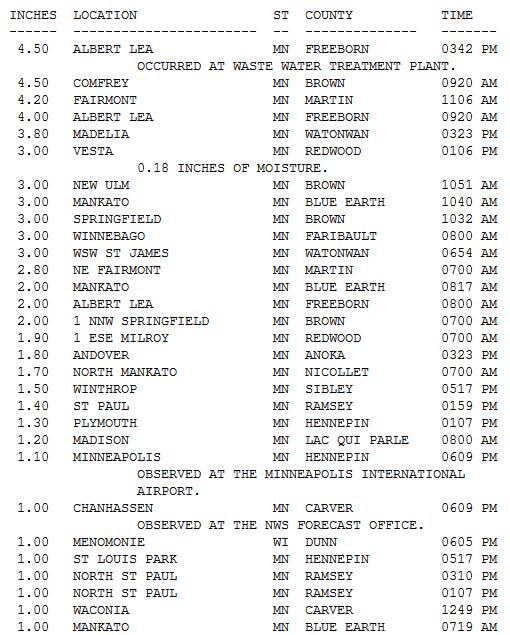
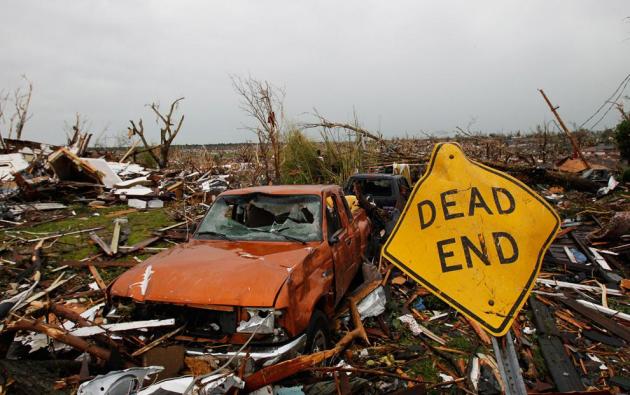
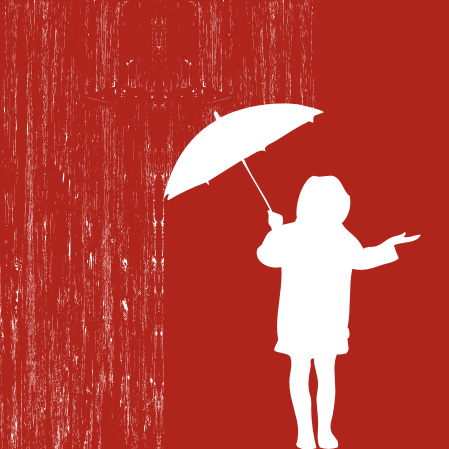
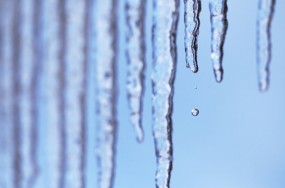


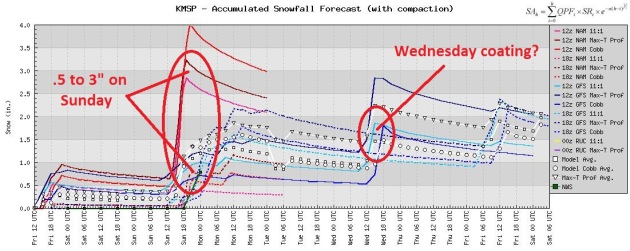

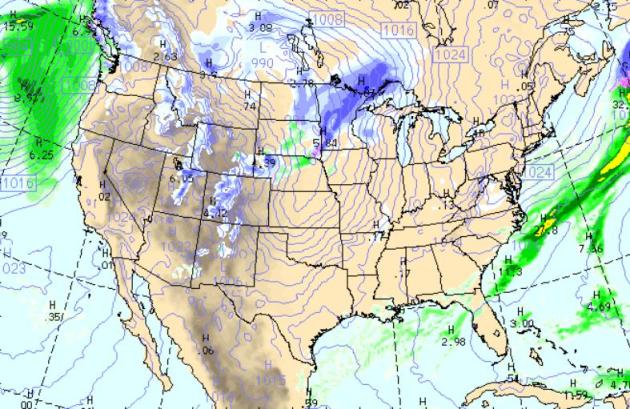
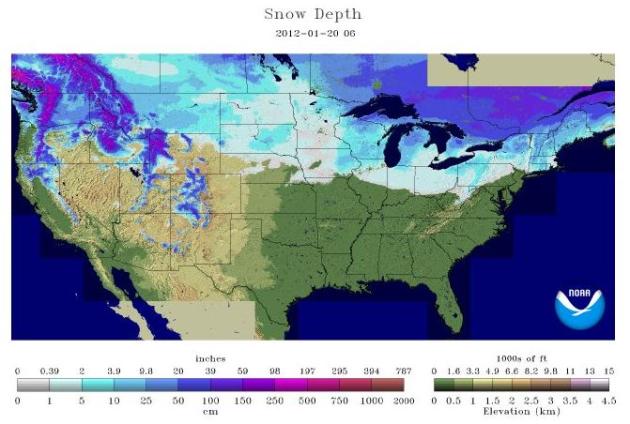


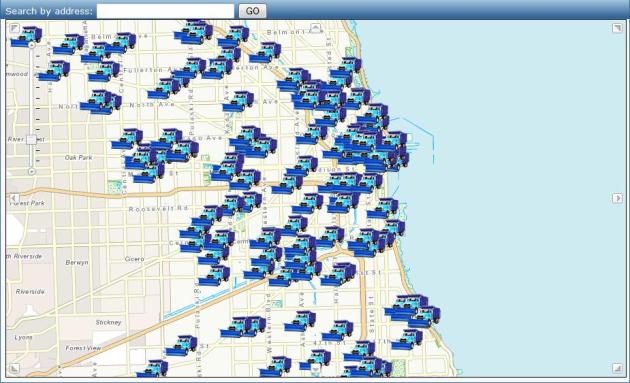
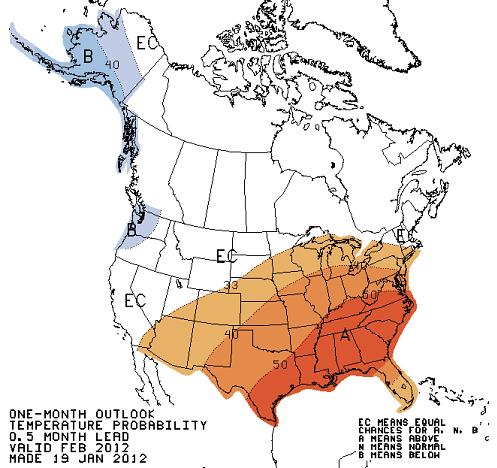

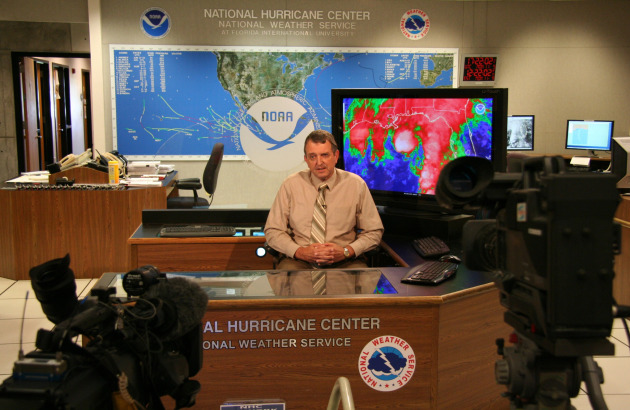
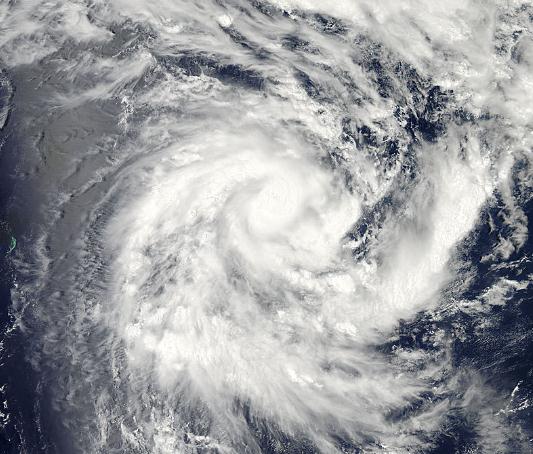

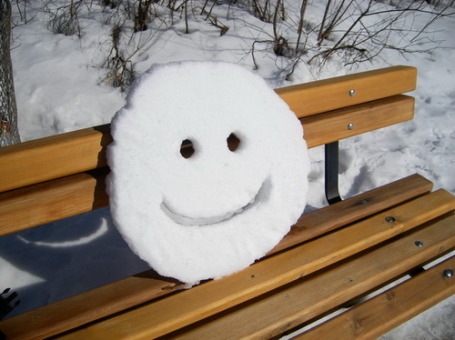





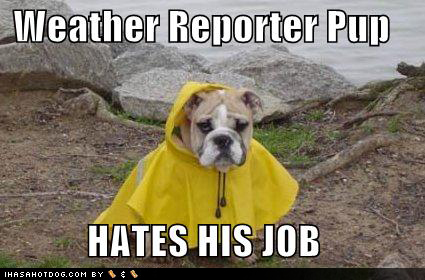
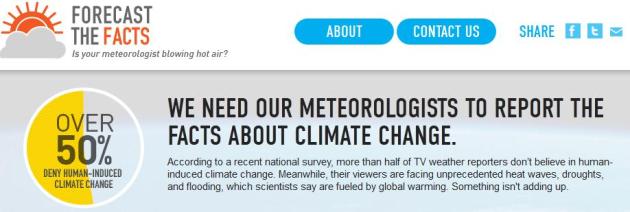

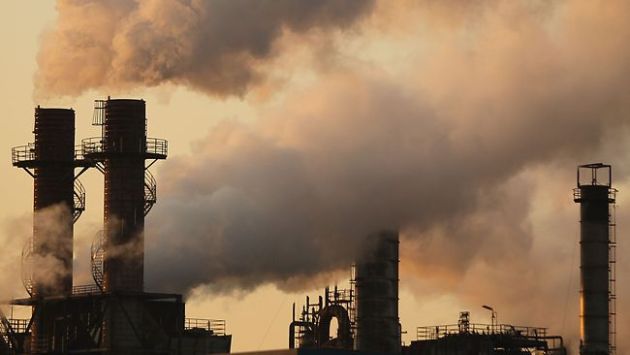


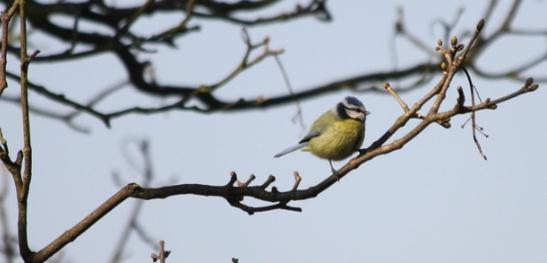
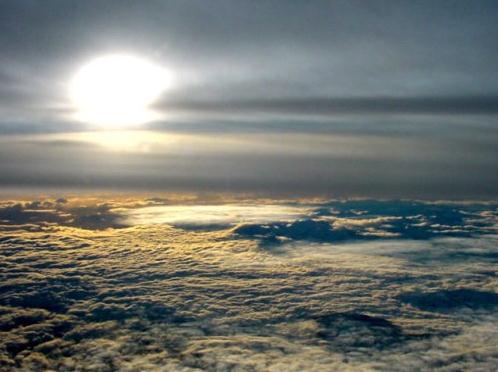
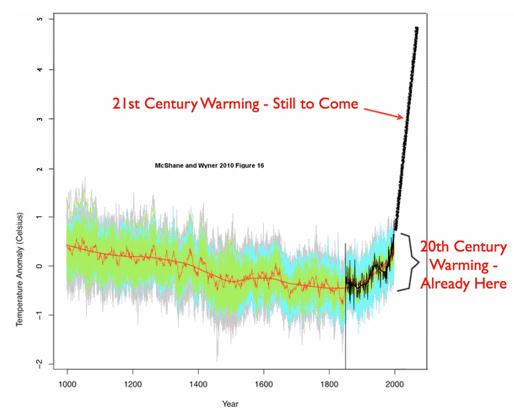

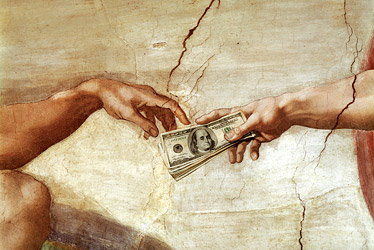
Wonderful goods from you, man. I have understand your stuff previous to and you are just extremely Wonderful. I really like what you have acquired here, really like what you are stating and the way in which you say it. You make it enjoyable and you still care for to keep it smart. I can't wait to read much more from you. This is actually a great site.
ReplyDeleteAshdown FS-2-ASH A-B Box